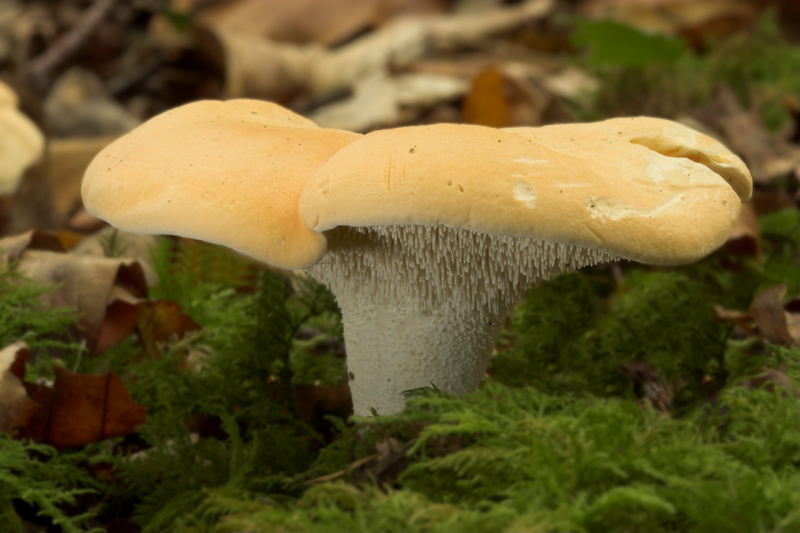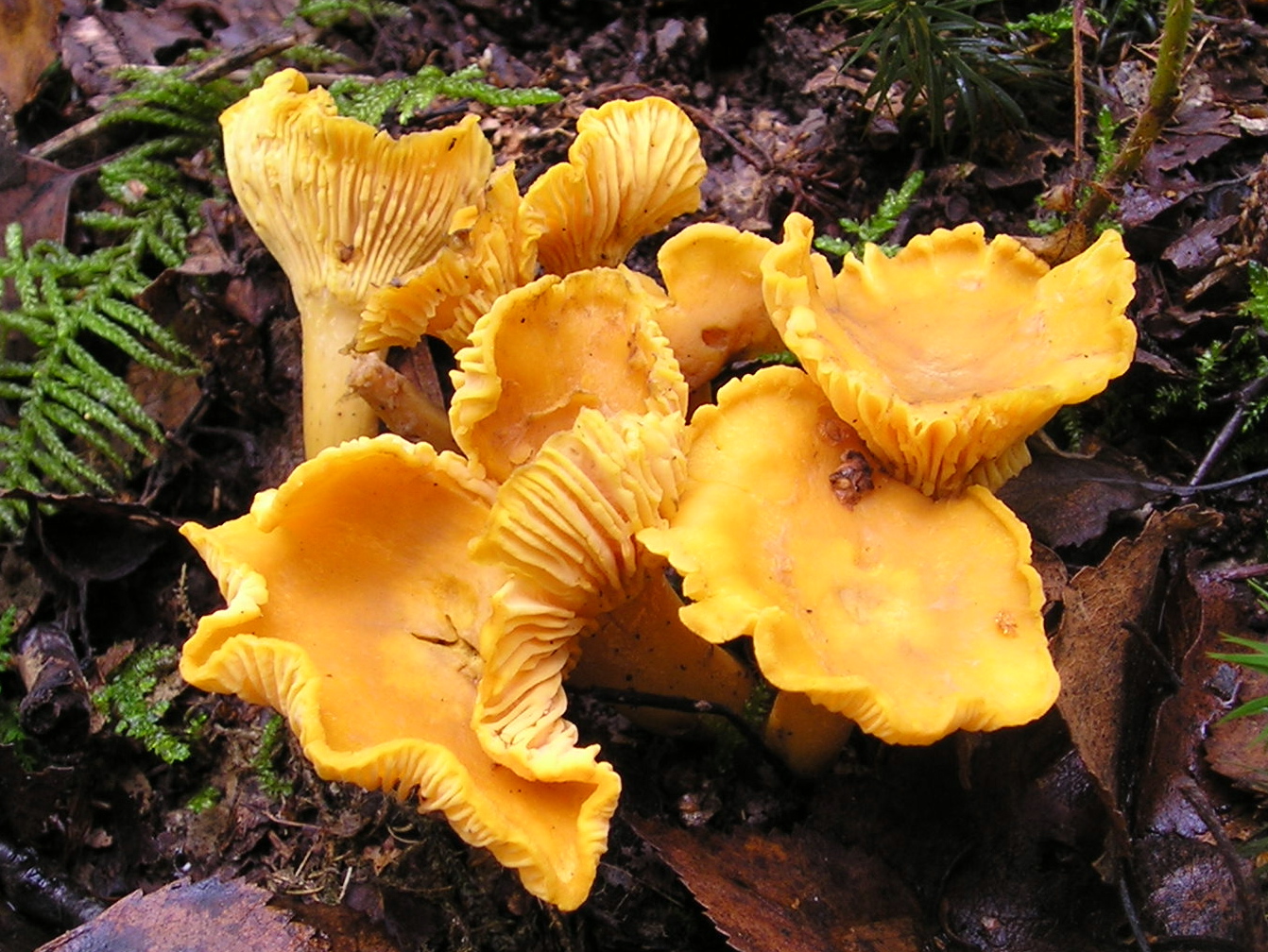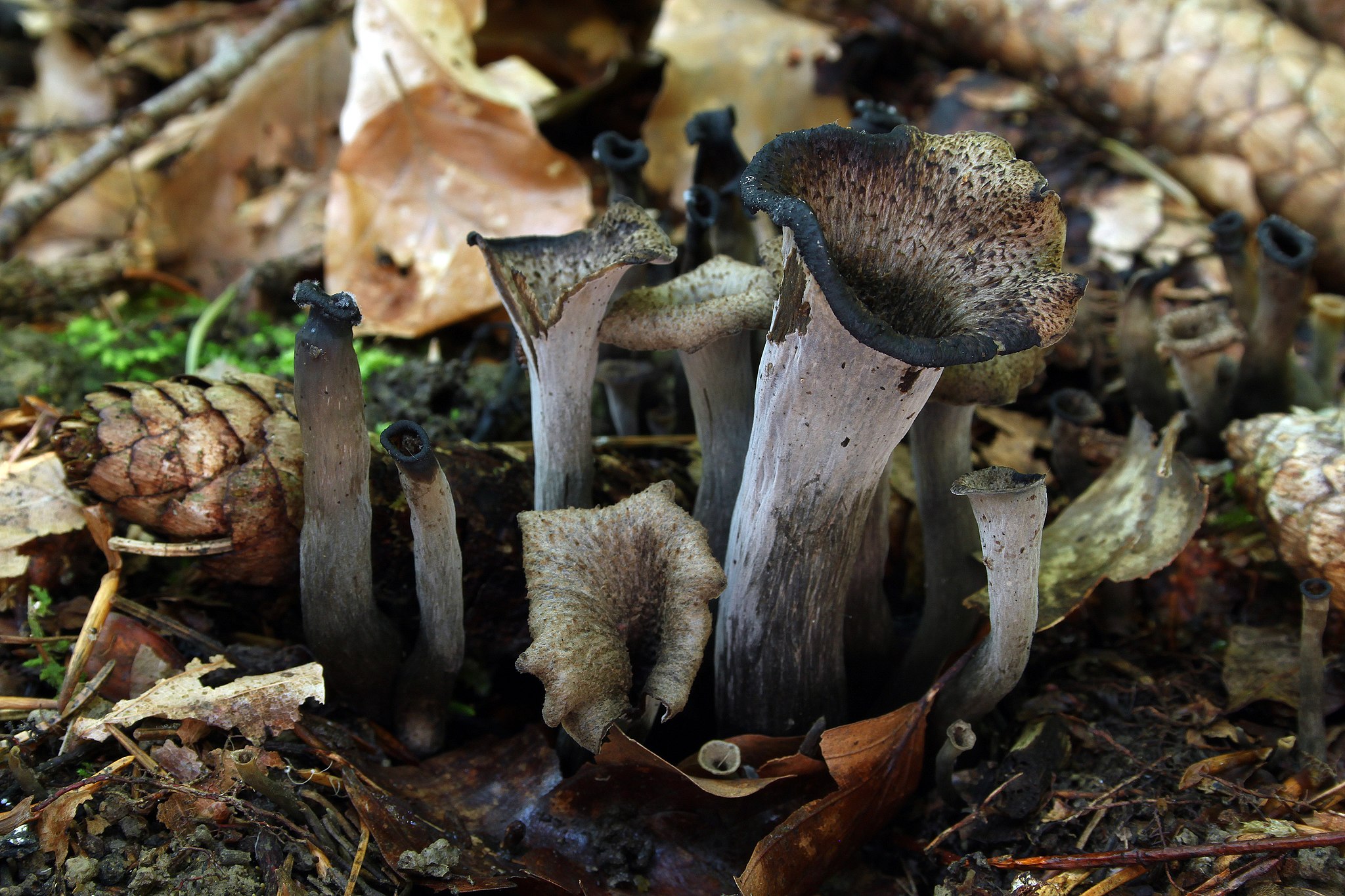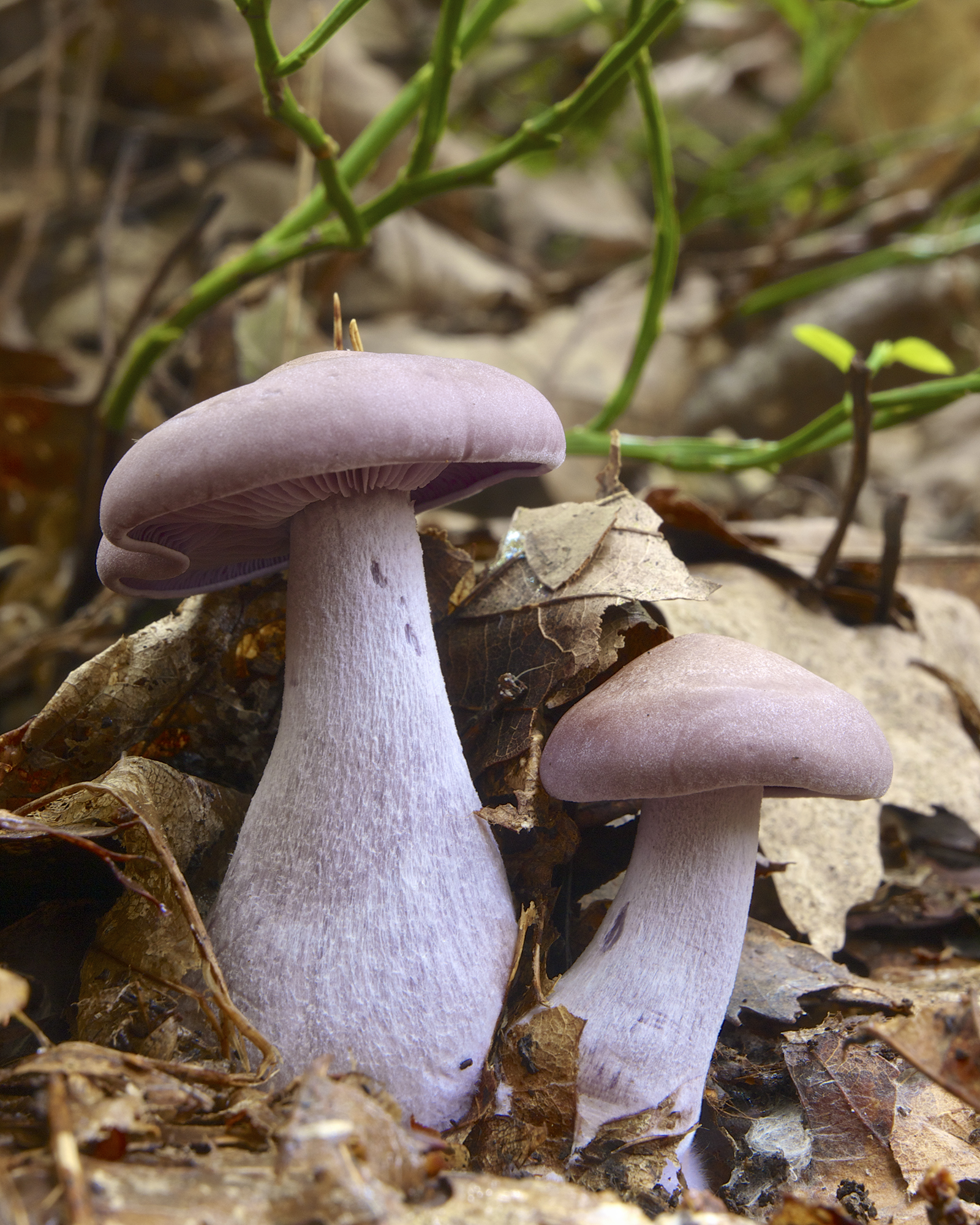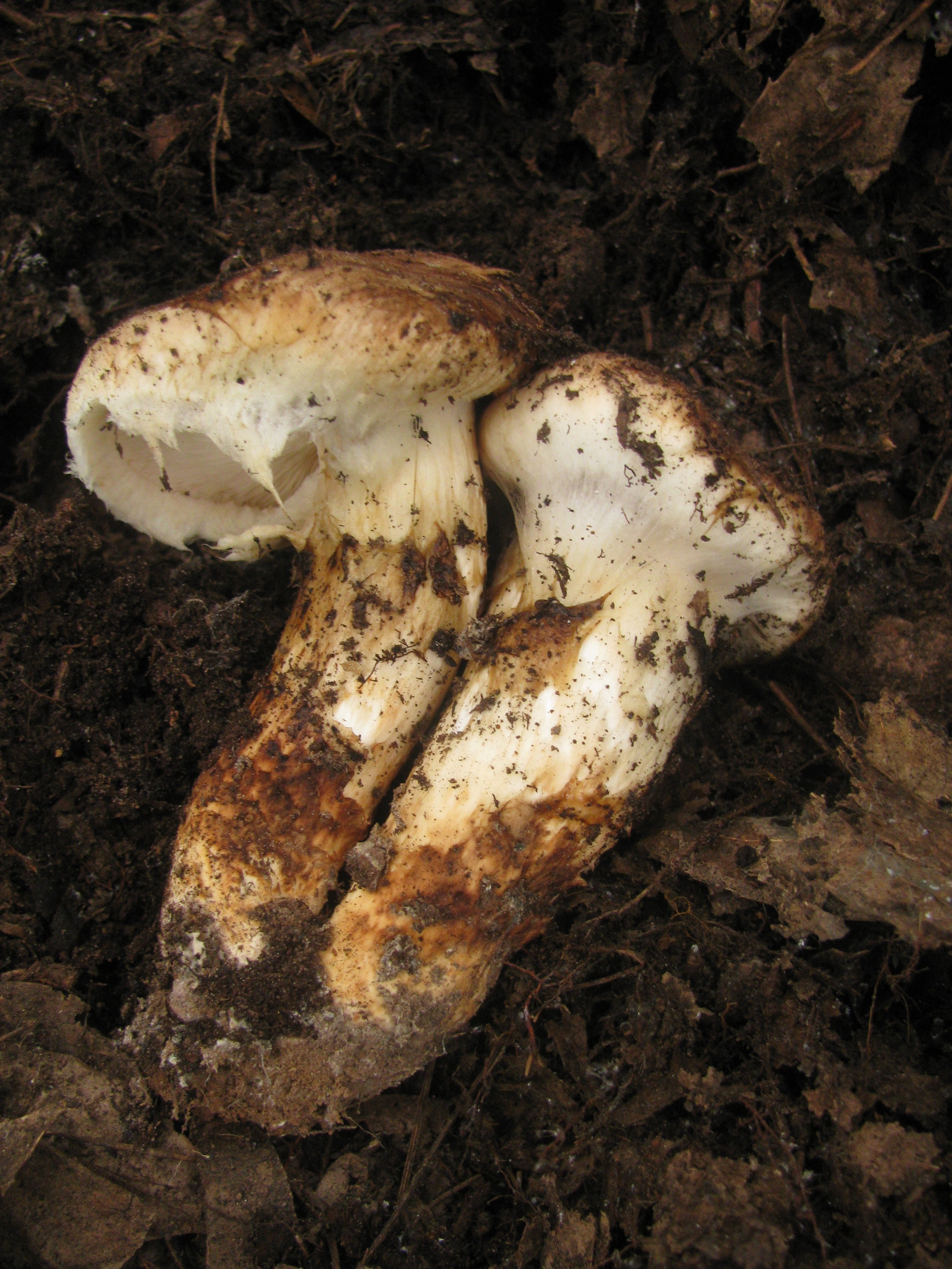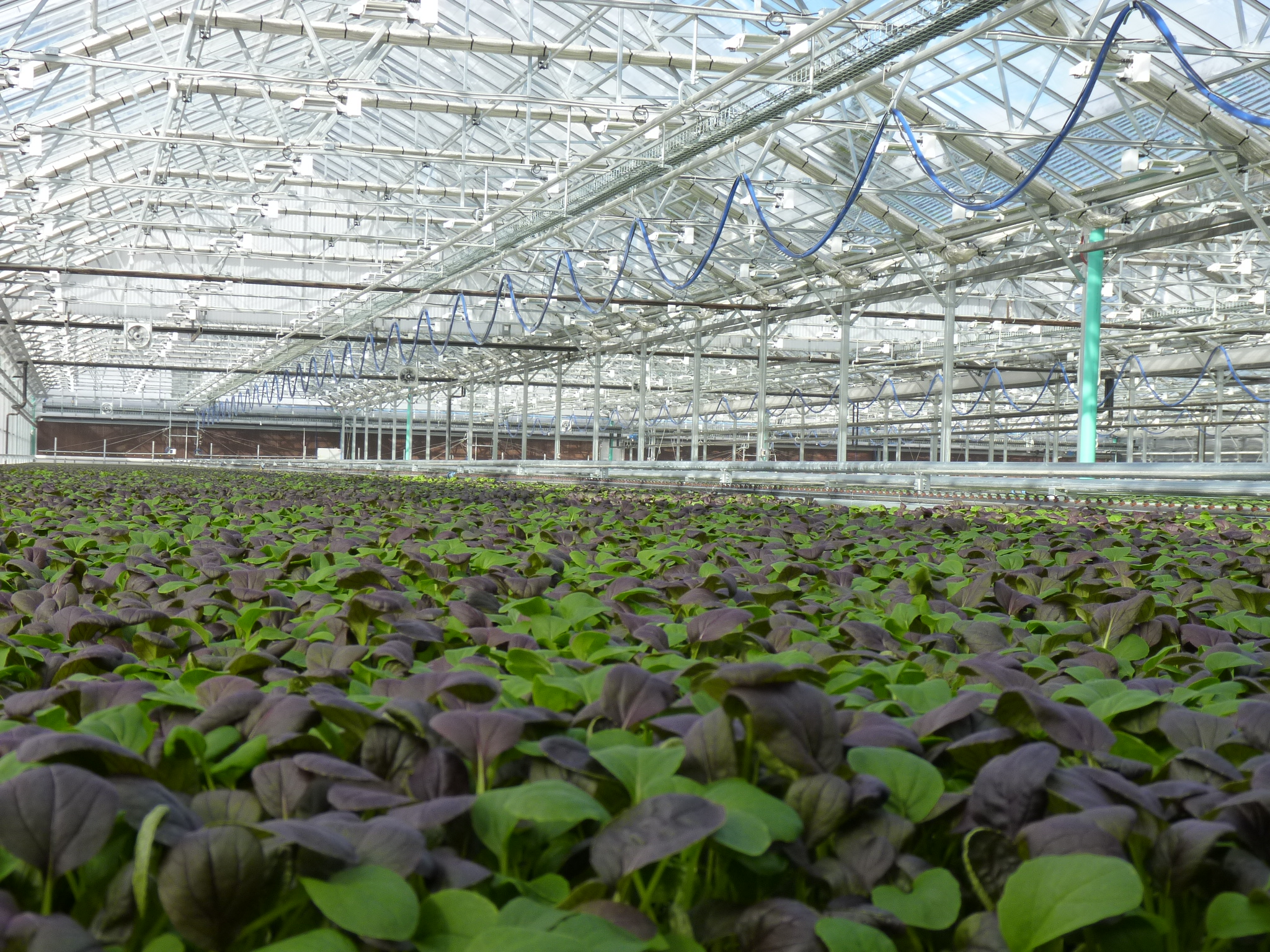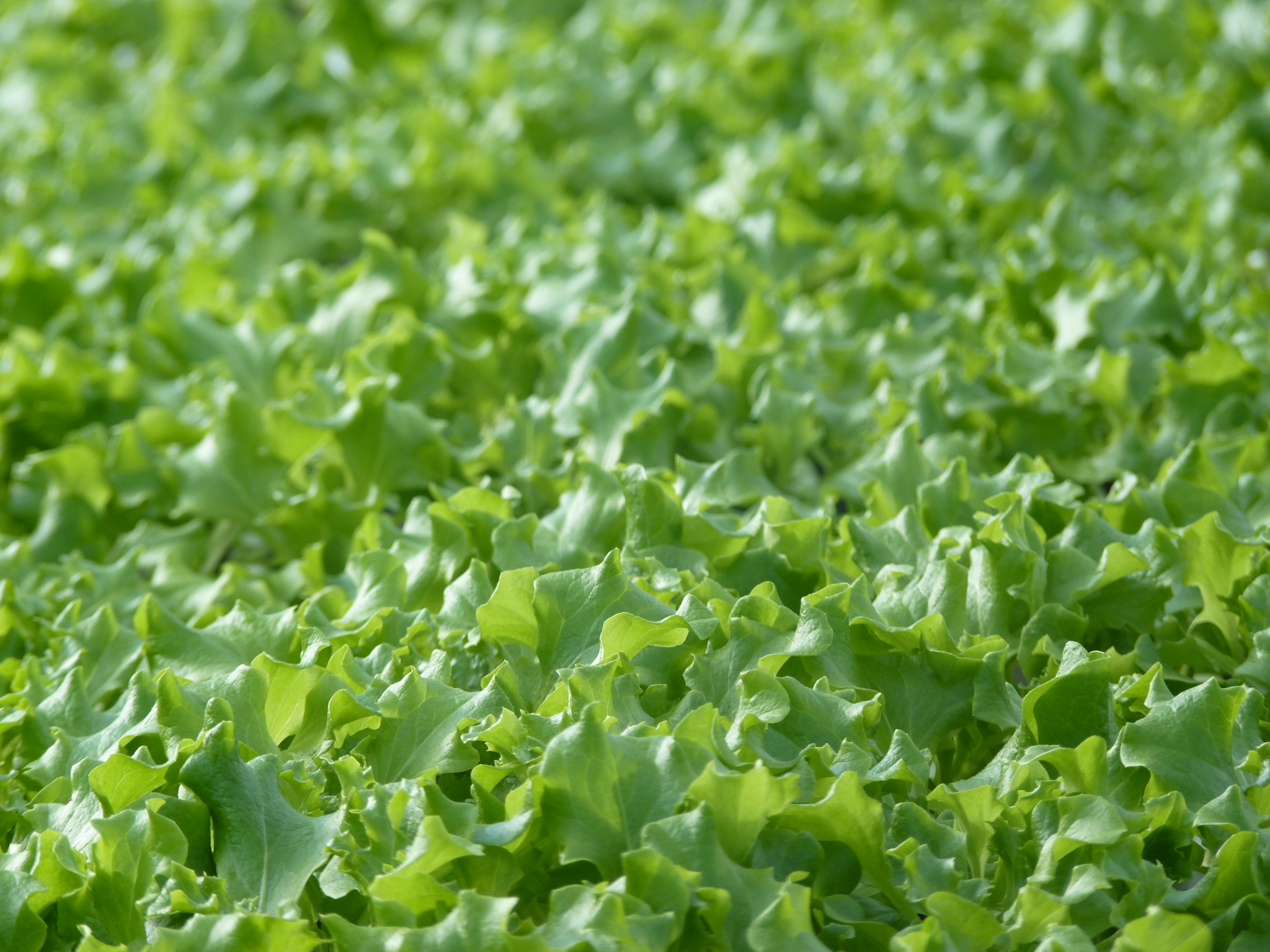Pick Your Poison
In our long, evolutionary history, modernity is just a blip. The wiring of our brains took place over hundreds of thousands of years of hunting and gathering food out in the wilderness, and nothing proves that more vividly than the practice of mushroom hunting. It’s incredibly addictive, even to those who know all too well the associated dangers.
Photo © 2012 J. Ronald Lee
***DISCLAIMER*** Don't pick and eat wild mushrooms based on photos you find in this post, or really anywhere on the internet. Please consult professionals. ***DISCLAIMER***
|This story comes to us from Barbara Paulsen, the host and producer of Midway: A Podcast about Midlife Transitions.
To tell that story, we’ll start with a woman named Donna Camille Davis. On a November day a few years back, Donna and her boyfriend got in their car and drove north for a weekend getaway from their home in San Francisco.
“We were finding the most amazing mushrooms,” she says, “I think we counted seven different types of edible mushroom, from hedgehogs, to chanterelles, to black trumpets, to blewits, and matsutakes.”
The difference between those mushrooms and the ones you find in your grocery stores (besides not tasting like styrofoam) is that wild mushrooms can’t be cultivated. So if you want to eat wild mushrooms—and lots of people do because they’ve got way more interesting mushroomy flavors—you have to go into the forest and find them yourself.
And when it came to foraging, Donna knew what she was doing. She’d been mushroom hunting for years. She’d found porcinis the size of her head. She had no trouble telling a black trumpet from a chanterelle.
“They took one look at me and wheeled me right upstairs immediately, because they knew that this was not good.”
But, as it turned out, on that particular day in November, Donna made a mistake. Within days, she was living every mushroom hunter’s worst nightmare.
On the way home from her trip up north, the first symptom appeared: drop dead fatigue. She slept for three whole days. When she got up, she looked at herself in the mirror and saw that her skin was jaundiced, and she rushed to the hospital.
“They took one look at me and wheeled me right upstairs immediately,” she says, “because they knew that this was not good.”
When the doctors told her, “We think this is mushroom poisoning,” all she could think was this is going to be interesting... this is going to be interesting.
Scratching a Primal Itch
Salt Point Park in Sonoma Valley California is an oak and pine forest perched on the Pacific Coast. It’s a mecca for mushroom hunters—and one of the few parks that permit foraging in California. | Photo by Barbara Paulsen
To understand why mushroom hunters would take the risk of getting poisoned, you’ve got to go hunt mushrooms. So last Spring, I went to the very place where Donna Davis got herself into trouble: Salt Point State Park in California’s Sonoma Valley. I drove there with a self-taught mushroom expert, Patrick Hamilton. He’s got a ponytail and a soul patch and he became fascinated with mushrooms back in the 80s, after smoking some really strong Maui Wowie. These days, he teaches groups of beginners how to identify edible mushrooms.
There was a steady drizzle as about a dozen of us gathered in the parking lot. First, Patrick sent us off to pick any mushrooms we could find, declaring, “If you see something fun, bring it!” After 15 minutes we met up to share what we’d picked, and Patrick had us lay all the mushrooms out on a log. Most of them, he told us, were inedible, and one was a particularly poisonous specimen called a Deadly Galerina.
He proceeded to tell us how to identify the three or four mushrooms we wanted to find that day: black trumpets, hedgehogs, candy caps, and chanterelles. And then he sent us off again. Only this time, we knew what we were looking for.
But it was really hard! I came across a British couple who also couldn’t find anything. We told Patrickour plight, but he wasn’t having it. He knew that our eyes just hadn’t adjusted yet—we were looking, but our eyes didn’t know what to see. He told us to get on our hands and knees (“For Chrissakes!”) and look underneath things.
Take a peek into the bag of a novice mushroom hunter who’s delighted to have found chanterelles, black trumpets, and other edible mushrooms. | Photo: Barbara Paulsen
Fungi hunting is a muddy business. Mushrooms pop up a week and a half after a rainstorm and thrive in moist environments, like the sides of streams. | Photo: Barbara Paulsen
It’s extremely important to keep the entire mushroom intact for correct identification, as Donna Davis learned when a bit of poisonous mushroom contaminated an entire bag of edible mushrooms. | Photo: Barbara Paulsen
After I found this yellowfoot chanterelle, I finally got my “mushroom eyes.” Yellowfoots are a chef’s favorite for their delicate, mushroomy flavor. | Photo: Barbara Paulsen
And then something weird happened. He pointed to some black trumpets right there, hidden under leaves, and once Id seen them, they began to snap into focus everywhere I looked. It was like one of those Magic Eye books from the ‘90s, the ones with the meaningless pattern that hides a 3-D image. You stare and stare and stare, and then all of a sudden…Pop! There’s the picture.
I was drenched by the rain. My pants were smeared with mud. But I was crazed with the hunt. And right then is when Patrick said it was time for us to head back.
As it turns out there’s a term for what happened to me in the woods of California: Scientists call it the “pop-out effect.” Mushroom hunters call this “getting your eyes on.” I used to work for National Geographic, and for years I sent reporters all over the world to hang out with hunter-gatherer tribes. When they got back, their feet would be cut up and they’d be covered with insect bites, but they’d all tell me the same thing: Even though it’s really hard living off the land, there’s something deeply satisfying about finding your own food.
Veteran mushroom hunter Patrick Hamilton sorts the mushrooms our group has collected on a log in the forest. He’s taught thousands of people in the San Francisco Bay area how to safely identify edible mushrooms. | Photo: Barbara Paulsen
And that makes sense, right? I mean, our eyes are built to do this, to scour the ground for food. And every time we find something tasty, our brains give us this little chemical jolt. That’s what foragers call mushroom fever.
Invasion of the Death Cap
And that’s exactly what happened on that day in November 2014, when Donna and her boyfriend went mushroom hunting. They stuffed bags full of mushrooms, and they brought them back home to sort through.
“We didn't see anything unusual,” she says, “There were some pieces there that didn't have the caps so we tossed them out just to be safe.”
The next day, Donna invited friends over for wild mushroom soup. It was so delicious that she had a second bowl—and you know the rest.
Three days later, Donna was in the hospital, where they told her about an earlier patient who’d gotten poisoned and died. Before she was told it was the mushrooms that were making her sick, the thought of having picked the wrong mushroom never crossed her mind.
The reason Donna didn’t realize she’d been poisoned is that it took so long for her symptoms to appear. That delay was actually a clue, since it suggested that Donna had probably eaten a mushroom called Amanita phalloides, or the “death cap.” Other mushrooms can poison you—make you so sick you might wish you were dead—but it’s the death cap that’s most likely to kill you. Its toxins work slowly, and by the time you begin to feel really sick, it’s got a head start on digesting your liver from the inside out.
“There are people that accidentally poison themselves with death caps just about every year,” says Cat Adams, who studies mycology at the University of California at Berkeley. She says the death cap is responsible for 90 percent of fatal mushroom poisonings worldwide.
Despite its deadly reputation, Cat is enchanted by it. “I think it’s a really beautiful mushroom. It starts as a cute little button,” and grows up to be an elegant, mostly white mushroom that has gills underneath and a greenish tinge to its cap.
“It’s so common, it smells good, it tastes good, apparently. I’ve read a lot of reports of people who’ve been poisoned and unanimously people report that it was a very delicious mushroom, even as they’re dying.”
But (and this perhaps is no terrible surprise) it’s actually not even supposed to be in North America. The death cap arrived here around 1930, when American botanists imported certain oak trees from Europe and the native soil around the trees’ roots were laced with death cap spores.
The deadly mushroom has been spreading across North America ever since. It’s been spotted in forests from Maryland, north into New Hampshire and Maine, and on the West Coast from Los Angeles all the way up to British Columbia. It’s especially plentiful in northern California, where Donna got herself into trouble. When you combine this with so many amateurs now cooking up wild mushrooms in their risotto, the number of poisonings is going up.
“It’s so common, it smells good, it tastes good, apparently,” says Cat Adams, “I’ve read a lot of reports of people who’ve been poisoned and unanimously people report that it was a very delicious mushroom, even as they’re dying.”
Last winter 14 people were poisoned in northern California in the month of December alone. Four were trying to get high on magic mushrooms, but most of the victims were just cooking up mushrooms for dinner. One meal poisoned five people, including an 18-month-old girl who now has permanent brain damage. In every case, a death cap was somehow mistaken for an edible mushroom.
Adams says the death cap can grow intermixed with other edibles mushrooms, so if you’re not paying really close attention one may wind up in your basket. And since only a few milligrams of its toxins can be fatal, minor mistakes can become deadly.
Donna’s Path
“The whole episode of being in the hospital is like an Alice in Wonderland story in and of itself,” Donna says. Once doctors realized she had likely been poisoned by a death cap, they asked her more questions. Terrifying questions.
Do you have a will? …You need one, now.
Do you understand what it's like to have a liver transplant?
Donna was in bad shape. She was throwing up the charcoal doctors had given her to extract the poison. Enzyme levels showed her liver was failing. “I was just in this kind of like dazed world of not really knowing what was going on,” she says.
And then she started to hallucinate. On the wall of her room in the intensive care unit, she saw a path.
“I could look down and the ground is like pebbles, clear, clear pebbles, and a canopy of trees and I could see the leaves and the veins and the bark,” she remembers, “and I'm beginning to walk down this path because it's like, ‘Wow, this is such a beautiful path!’”
But then, in her vision, things began to change. “As I walk down the path it was completely pitch black, and I thought … I'm not going there.”
Donna decided something remarkable, something that might have seemed—in that moment—nonsensical. Even though doctors were telling her to write a will, and that her liver was failing, Donna began to think otherwise. She didn’t believe she was going to die. Because of how badly she was doing, her doctor told her she was at the top of the liver transplant list, which has more than 14,000 people waiting on it. But when a liver became available, she turned it down.
She remembers the doctor looking at her and saying, “You don't want the liver?” and she replied, “If I don’t need it, I don’t want it.” She says they must have thought she was insane, or high (maybe a side effect of the mushrooms?).
But Donna was right. Her enzyme levels stayed dangerously high for several days, but on her fifth day in ICU, her levels came way down, and her liver started to regenerate. She says it was—inexplicably, unbelievably—a full recovery.
Backlash from the Mycophiliacs
This past summer, citing the rise of mushroom poisonings, the CDC issued a warning. They called the spread of death cap mushrooms a serious public health concern and issued a caution against eating foraged mushrooms.
Patrick Hamilton, the guy who took me mushroom hunting, wasn’t impressed.
“Mushrooms have a notoriety, right? It’s like “Ow! Wow! Wild mushroom poisoning!” he told me, over the phone, “I think people fall off ladders a lot more, right? It’s a much greater public health concern!”
That’s true, but of course a lot more people climb ladders every day than go foraging for mushrooms. Regardless, Patrick is right that there are very few mushroom-related deaths, only 10 or so annually. And If you’re a mushroom hunter, this all fits into a maddening pattern: Even though very few wild mushrooms are poisonous, most Americans are afraid of them, because they don’t know which ones are safe to eat. That’s called mycophobia. But then when they do learn about mushroom foraging and try it out, a few get themselves poisoned. That triggers sensational press, warnings from the CDC, both of which feed Americans’ fear of mushrooms. A classic vicious circle.
So when people get poisoned by mushrooms, there’s often this backlash against the victims by the mushroom hunting community. Patrick says whenever he hears about these poisonings, he just thinks it’s “people doing stupid things.”
“Really why would you put something in your mouth and eat it when you don’t know what it is?” he asks.
He must have used the word stupid a half dozen times when I asked him about this.
“Really why would you put something in your mouth and eat it when you don’t know what it is?”
“How many red lights do you have to go through?” he sputtered, “Stupid, stupid, stupid, stupider, stupidest!”
Given the mushroom hunting community’s sensitivity to this issue, it’s no surprise that when Donna Davis’ poisoning became public, they weren’t exactly sympathetic. They seized on a detail from a news report that said Donna had confused a hedgehog mushroom, which has pretty distinctive toothy spikes under its head, with a death cap mushroom, which has gills underneath.
The backlash to Donna’s story on the internet was just as dismissive. Mushroom hunters were like, this lady doesn’t know her ass from her elbow. She hasn’t bothered to learn to identify the number one deadly mushroom! If you know what you’re doing, you could never make that mistake.
Patrick cites this old adage: “There are old mushroom hunters and there are bold mushroom hunters, but there are no old, bold mushroom hunters.” In other words, experienced mushroom hunters don’t accidentally eat deadly mushrooms.
But Cat Adams disagrees. “I’ve read like every paper there is about the death cap,” and she says even super-experienced mushroom hunters can make mistakes. She says she’s read cases of people who have been hunting mushroom for decades and —who accidentally poisoned themselves by eating death caps.
“I really...I think sometimes a lot of people that do mushroom hunting are scornful toward those who get poisoned as a way to sort of make themselves feel better, but I think that really this could happen to anyone,” says Cat, “I think that really we should see them as examples of the fact that what we do is inherently a little dangerous and that we have to stay vigilant, always.”
But She Can’t Put Down the Basket
True mushroom hunters collect their bounty in baskets, to prevent the fungi from getting squashed. Plastic bags are a no-no: By day’s end, mushrooms turn to mush. | Photo: Barbara Paulsen
I asked Donna where she thinks she went wrong that day she got poisoned, and she told me it’s hard to say. Her best guess is that she accidentally slipped a death cap into her bag of hedgehog mushrooms, and that must have been one of the capless stems she’d discarded when she and her boyfriend sorted through the mushrooms after the hunt.
While it’s remarkable that Donna survived, it’s maybe more remarkable that she was the only one at the dinner party who got sick. She thinks this is because she actually made two batches of soup, one with chanterelles, the other with only hedgehogs. “Lo and behold, I was the [only] one who ate the soup that had the poisonous mushroom,” she says. “Thank God, they didn’t eat the poisonous soup.”
In retrospect, Donna says her real mistake was that she got overconfident, and that made her careless. Given the minute amount of toxin needed to kill you, the safest thing would have been to throw out all of the mushrooms from the contaminated hedgehog batch…no matter how delicious they were.
But Donna doesn’t beat herself up over her mistake. She never thought, how could I be so stupid? “It was,” she says, “just something that happened.” Since her recovery, she’s slowed things down in her life. But she still forages for mushrooms.
“You know you make your decisions. How you want to live your life. Do you want to live your life in fear?” She says, “Yes there are things that I did learn from that. Absolutely. But is it going to stop me from ever eating mushrooms again? No. I don't choose to live my life that way.”
Outside/In was produced this week by:
Barbara Paulsen with help from Sam Evans-Brown, Taylor Quimby, Molly Donahue, Jimmy Gutierrez, Ben Henry, Hannah McCarthy, and Logan Shannon.
***DISCLAIMER*** Don't pick and eat wild mushrooms based on photos you find in this post, or really anywhere on the internet. Please consult professionals. ***DISCLAIMER***
Music from this week’s episode came from Podington Bear, Blue Dot Sessions, and Antony Raijekov.
Our theme music is by Breakmaster Cylinder.
If you’ve got a question for our Ask Sam hotline, give us a call! We’re always looking for rabbit holes to dive down into. Leave us a voicemail at: 1-844-GO-OTTER (844-466-8837). Don’t forget to leave a number so we can call you back.


